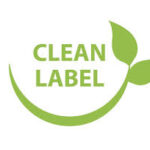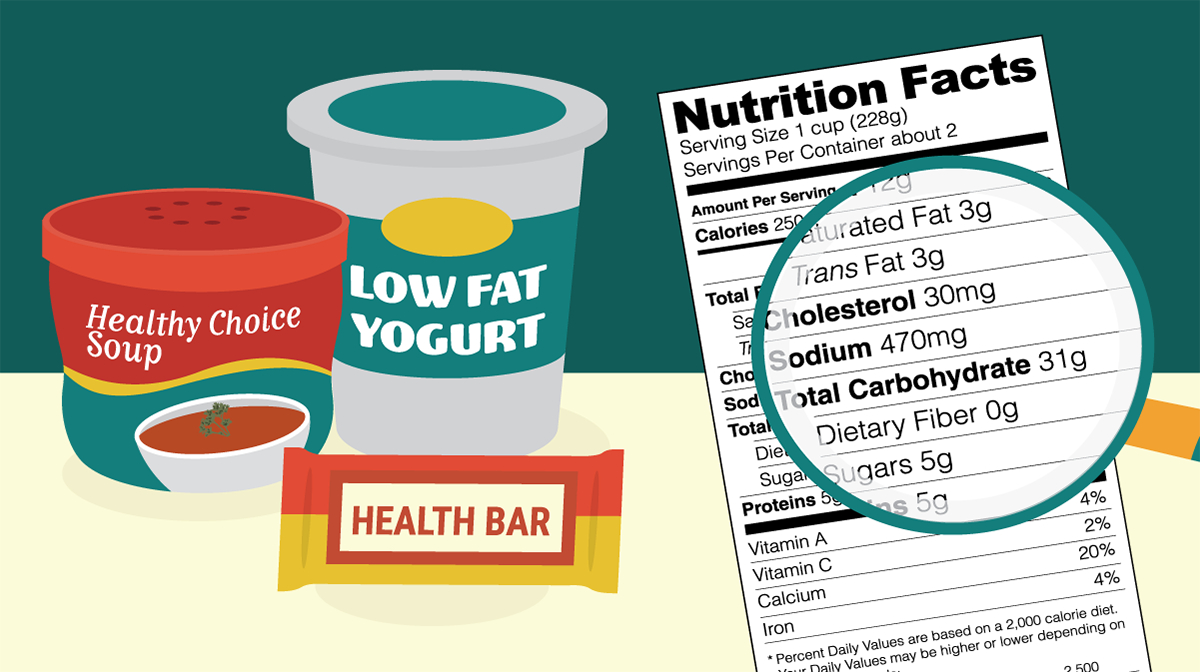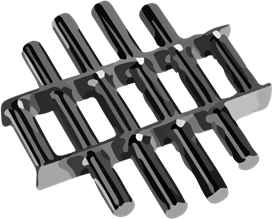You might be keeping your car clean, but what if you hit a pothole? Will your car stay that way? Answer will start with “it depends”, but what if we made the road pothole free? To take this analogy to the food processing you may be taking care that your product and the ingredients are of the best quality but what if your equipment is the one contaminating the product? If you have a good QC process in place, that means a lot of rejects and losses that could have been avoided.
In recent years, there have been several serious outbreaks of foodborne illness in India and other parts of the world. Often times, these could be root caused to contamination from equipment. The fundamental reason for hygienic design of the equipment is to prevent contamination of food products. Air frying technique is not just air but also equipment for frying 😊. A good design makes the equipment easy to clean, and things like these have to be incorporated right from the get-go and retrofitting it almost always not possible. The additional benefits of doing so is that you will most likely increase the life of the equipment, and reduce maintenance and operating costs.
There are multiple factors that need to be considered while buying equipment. Here we list some of the most critical ones.

Cleanability: This is a very important hygiene requirement which enhances the effectiveness of the method that is going to be used, whether automatic or manual, CIP (Cleaning in place) or COP (Cleaning out of place). Integrating hygienically designed equipment while not a guarantee, it is still a key to achieve cleanliness to the pre-determined level. The cleaning process will depend on the product and its characteristics, eg. stickiness and viscosity, the cleaning parameters: time, temperature, chemistry, and mechanical action will depend on the design of the equipment. All the product contact surfaces must be non-absorbent and must not react with the detergents, chemicals and disinfectants being used as a part of the cleaning process.
Prevention of Growth and Ingress of Microorganisms: Equipment should be designed to prevent any areas where microorganisms can harbor and grow, eg: sharp corners, dead areas, gaps, and crevices.


Prevention of Ingress and Infestation of Pests: Equipment should be designed to avoid any opening where pests can enter, harbor and multiply. Enclosures which may have some openings but are not accessible for cleaning like the motor chamber of a tilting wet grinder give space for the harbor of pests.
Prevention of foreign particulate contamination: The material of construction should not be a source of contamination. Material of construction should resist cracking, chipping, flaking, and abrasion. The equipment must ensure that the functional openings are sealed with covers or caps and that an effective preventive maintenance program is implemented.

Prevention of chemical contamination: Equipment should be designed to prevent contamination from cleaning chemicals, lubricants, thermal heating, and cooling fluids.

Material of construction: Material used for equipment construction should ensure that it is inert to the product, inert to the detergents and disinfectants, corrosion resistant, non-toxic, non-tainting, mechanically stable and the surface finish is not adversely affected. Stainless steels (SS) are the preferred metallic materials but the alloy depends on the application. Some plastics may have advantages over SS such as lower cost and weight, wear resistance, better chemical resistant.
Construction: The surface finish affects the time needed for cleaning. For SS, a Ra value of equal to or less than 0.8µm achieved by mechanical polishing or machining is recommended. Direct metal to metal joints shall not be used other than welding. If seals or gaskets are used, their design must be that no crevice exists where dirt and residues may be trapped and microorganisms can grow. All internal angles of 135° or less shall have a minimum radius of 3mm. Sharp corners (<90°) must be avoided.
All surfaces in contact with the product must be either easily accessible for visual inspection and manual cleaning or verified that routine cleaning completely removes all dirt and residues.
Welding: Permanent metal-to-metal joints which are in contact with the product must be continuously welded and free of a rough surface. The non-product contact side welds must also be continuous. All welds must be smooth and located in a way to allow proper cleaning.

Drainability: All equipment shall be self-draining or drainable with surfaces sloping to one side with a minimum angle of 3 degree.
Insulation: Insulation can be done through sealed cladding or vacuum. For sealed cladding material shall be constructed from corrosion-resistant materials and shall be fully sealed to avoid any ingress of air or moisture in order to avoid microbial growth. Moisture trapped in the enclosed surfaces increases the risk of corrosion of the cladding and the equipment. For vacuum insulation, it is done by evacuation of air in the outer shell or jacket of pipework and vessels.

Installation: Equipment and support structures must be sealed to the supporting surface (floor, walls, columns, ceiling) in such a way that no pockets or gaps exist. The number and area of floor contact points shall be minimized. Condensation is a major problem and the risk of condensation from equipment, and pipework onto the product contact surfaces should be avoided. Measures must be taken during installation such that condensate is diverted away from the product contact surface.
Hygienic design of food equipment is critical to food safety but they are described at very high level in most regulatory and industry food safety management systems. However, making sure that the specific requirements are considered will go a long way in reducing hazards from contamination of the food emanating from the equipment.








